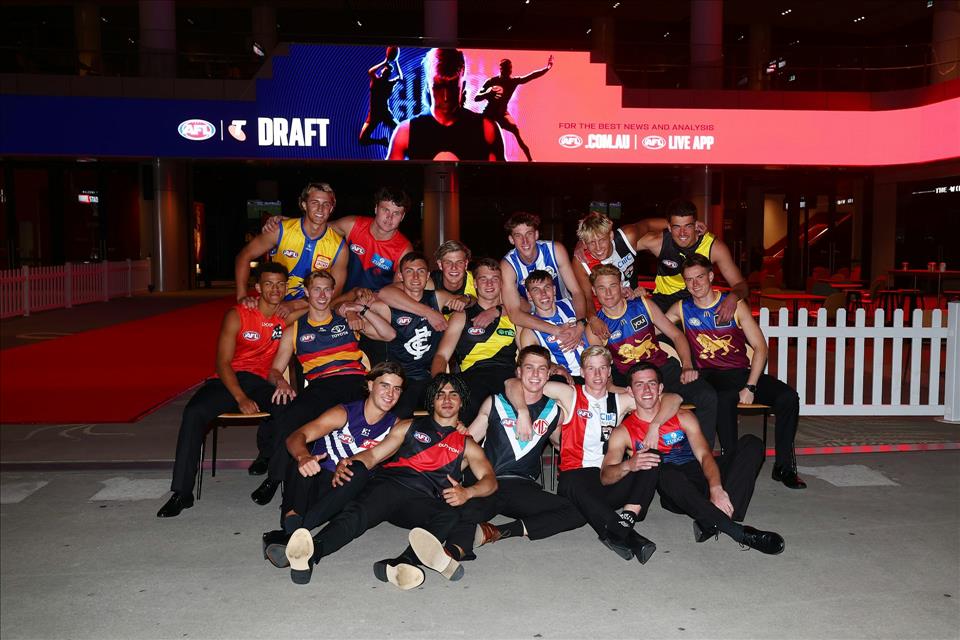
What Do AFL Recruiters Actually Look For In Potential Draftees?
The annual draft is the moment when many young hopefuls' dreams become reality: they are selected by one of the league's 18 clubs.
In the AFL, as with many other sports, the first draft pick is allocated to the team that finishes last, with the second-worst team gaining the second pick, and so on. These picks may be traded between teams after being allocated.
Every year debates spark about who should be picked first, who will slide down the order and who could be the steal of the night.
But how do AFL recruiters actually decide which player's name to call out on the night?
A key event before the draftAhead of the draft, prospects are put through their paces at the annual AFL draft combine: a three-day event where potential draftees complete physical tests such as sprints, vertical jumps and endurance runs, as well as psychological assessments and skill-based drills in front of club scouts.
Each year, potential AFL draftees are tested at the AFL draft combine.
But the identification of future AFL talent starts long before the combine, often years earlier, and involves a highly detailed process that goes far beyond athletic testing.
By the time a player's name is read out on draft night, clubs have already completed years of background work to assess not just the athlete's physical abilities but also their skills, mindset and character.
Recruiters' secretsIn two studies in this area, I asked national recruitment mangers of AFL clubs about their approach with monitoring and assessing potential talent.
They told me the scouting process begins as early as the under-16 national championships.
One recruiter said:
Following this, players return to state-based youth competitions and recruiters develop a talent board: a list of standout players identified at the championships.
The recruiters continue to track the potential draftees closely through the next two to three years.
Over time, recruiters apply increasing levels of scrutiny.
The process becomes a form of data gathering, combining on-field performance with off-field assessments. One recruiter said:
This profile building and refining occurs throughout the players' development, with recruiters increasingly focusing on in-game performance as they build their athlete profile:
These examples demonstrate how the recruiters develop an initial list of players and refine this list as they monitor their development.
Delving deeperBeyond in-game performance and athletic ability, recruiters also place great importance on player interviews and reference checks to understand who the athlete is as a person.
One recruiter told me:
Generally, these interviews are conducted in the players' homes, with the athlete and their immediate family. But recruiters also speak to a wide range of people who know the player well, from coaches and teachers to teammates and even employers:
The goal is to build a complete picture of the person, not just the player, as one recruiter explained:
Through these conversations, recruiters gain insight into a player's character, work ethic and attitude – factors that often prove just as, or if not more, important as their physical abilities.
Years of work goes into each pickEach draft pick represents years of careful monitoring, evaluation and discussion from under-16s through to their final interview.
Becoming an AFL player is not simply about physical performance – it's about holistic development, the combination of talent, consistency and character that gives clubs confidence to call a player's name on draft night.

Legal Disclaimer:
MENAFN provides the
information “as is” without warranty of any kind. We do not accept
any responsibility or liability for the accuracy, content, images,
videos, licenses, completeness, legality, or reliability of the information
contained in this article. If you have any complaints or copyright
issues related to this article, kindly contact the provider above.

















Comments
No comment